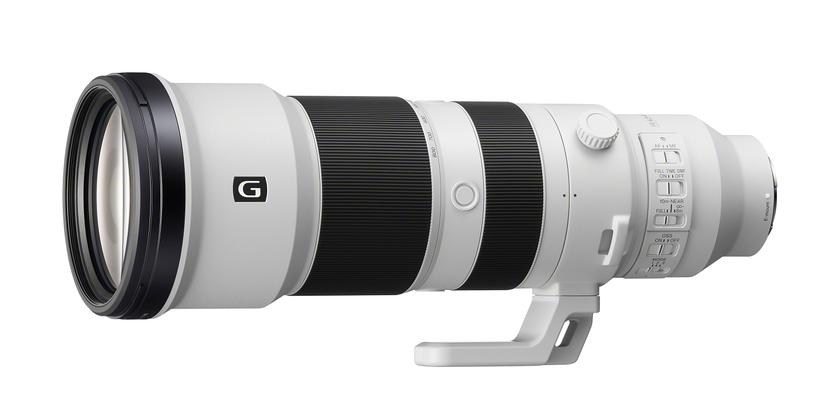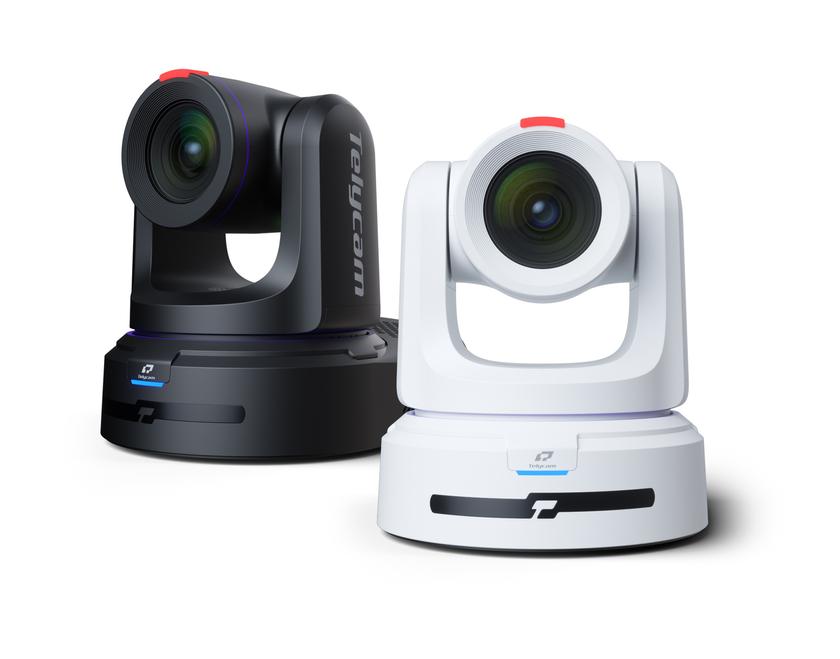The Evolving Art of Loudness Monitoring
NEW YORK

Wheatstone’s audio boards include an easy-to-read loudness indicator. —Hard to believe, but come January we’ll be celebrating the fifth anniversary of the CALM Act. When Congress finally put its foot down and demanded that broadcasters stop allowing advertisers to trumpet their wares at volumes greater than the programming commercials were inserted into, broadcasters scrambled to make sure they were in compliance. Today, although loudness monitoring is a settled issue, it remains an important topic.
Steve Dove, “Minister of Algorithms” at Wheatstone in New Bern, N.C., played an important role in the battle to achieve compliance with national and international standards. Long before the government drafted legislation, the audio industry had been considering ways to make audio a less thorny issue. “It took a long time to come up with an applicable loudness standard,” Dove said.
Broadcast is an international industry these days, and so it was critical that the United States and Europe develop compatible standards. “There was a bit of a blood bath, but the result was BS1770 here in the states and ITU-R183 in Europe, two broadly similar standards,” Dove said. “The two used a common means of measuring audio levels, and was an amalgamation of the two approaches.”
BOARD INTEGRATION
Several console manufacturers, including Wheatstone, offer loudness control on their boards. “Our approach to loudness control is that it should be straightforward and easy on the eyes,” Dove said. For example, in addition to a high-accuracy peak-level meter and over-indicator, a VU meter-like indicator for instantaneous level, and an instant eye-view of true loudness in a choice of 3-, 10- or 30-second time constants, a Wheatstone board will show the LUFS number (Loudness Unit referred to Full Scale) in large numbers.
“So if you’re an operator sitting at the console with this thing in front of you, first thing you know is whether or not you’re going to clip so you can stay within a reasonable gain structure that is not going to cause distortion,” Dove said. “You have a ‘pseudo VU meter’ that is telling you what you’re quite used to seeing. You have something that is telling you what the LU [loudness unit] is going to end up looking like. Ideally it should be a long-time constant, say 10 or 30 seconds, because that would be most accurate.”
But an operator also needs to know if they’re going to be over the top or too far under, so that leans toward a shorter time constant, probably 3 or 10 seconds, according to Dove.
“You’ve got the LUFS number, which in our implementation is literally displayed as big numbers,” he said. “They’re like two-inches high on a screen, you can’t miss them. So what the operator has to aim for is that that big number sits as closely and consistently to –23 or –24 dB, depending on your network.”
COMMON SCALE

Studer Vista 9 In 2012 entrepreneur Mark Cuban partnered with Ryan Seacrest Media, Creative Arts Agency and CBS to create AXS TV, a Colorado-based company that provides music programming, comedy performances, current events, and martial arts productions. AXS TV’s companion network, HDNET Movies, is a linear TV channel and VOD service that delivers high-definition programming. Jeff Carman, a flyaway engineer at AXS TV agrees that loudness monitoring continues to be an issue.
AXS uses Studer consoles which offer RTW Loudness Metering units. “We’re very pleased with way Studer has integrated the RTW technology into their consoles,” Carman said. “Our engineers had previously based audio level compliance on what they heard coming out of the console. Now everyone has a common scale to measure and evaluate perceived loudness.”
The RTW Loudness Metering units that are integrated into the Studer 9 measure real time, and short- and long-term averaging of audio levels. A user can obtain an average dialnorm over the core of a program, which is what the FCC mandates.
“Our master control back in our main Colorado headquarters works off the same scale as the A1 working in the truck,” Carman said. “All of our live and pre-recorded content gets broadcast from our master control office. They use Dolby LM100’s to insure that all of our audio content is CALM Act-compliant. Studer is a great partner for us. The level of support they provide has exceeded our expectations.”
Roger Heiniger, product manager for Studer in Switzerland, said that the integration of metering technology into the Studer Vista range of consoles has enabled their customers to comply with the many international loudness standards that have emerged in recent years. “We’ve had a great relationship with RTW for many years, as they have provided traditional meters for our consoles in the past,” Heiniger said. “The special version of the TM7 touchscreen meter that RTW developed for the Studer Vista range of consoles perfectly complements our Vistonics touchscreen user interface.”
One of North America’s most prestigious music schools, the Schulich School of Music at McGill University in Montreal, apparently thinks that loudness monitoring is an important skill for its engineering students to develop; professors there now use the company’s TM3 TouchMonitor audio meter to instruct students in the art of loudness control.
Get the TV Tech Newsletter
The professional video industry's #1 source for news, trends and product and tech information. Sign up below.













